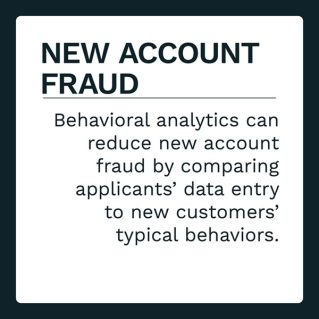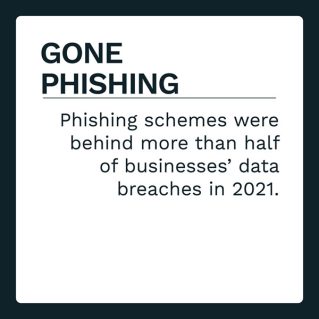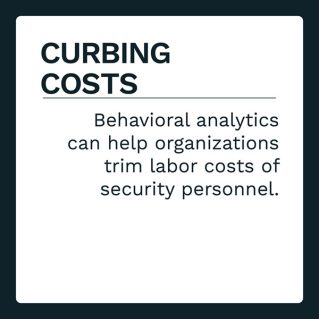Digital DNA Helps Online Lenders Make New Account Fraud an Old Problem

Customer onboarding must be seamless, effective and satisfactory for customers. Still, these objectives often run into the other major goal of customer onboarding: weeding out potential bad actors that wish to defraud the company or its customers. Identity fraud cost consumers more than $56 billion in 2020 alone, and there are a plethora of other scams that fraudsters dream up and execute every day.
One of the most pressing types of identity fraud is new account fraud, which involves bad actors leveraging fake identities to open new accounts at scale and use them for fraudulent purposes, such as money laundering. Stopping new account fraud without compromising the onboarding experience for legitimate customers seems like a tough challenge, and traditional prevention methods like passwords can often be compromised by customers practicing poor password hygiene — such as recycling them between accounts. Behavioral analytics could play a key role in meeting these objectives by analyzing applicants’ data entry behavior while onboarding.
The January Monetizing Digital Intent Tracker®: Using Behavior As A Service To Drive Top-Line Growth explores the latest in the world of behavioral analytics, including the growing threat of new account fraud, the use of behavioral analytics to keep it at bay, and how these analytics can improve the customer experience across the board.
Developments From the Behavioral Analytics World
 Identity fraud is only growing in popularity. The Identity Theft Resource Center (ITRC), a nonprofit that supports victims of identity crimes, recently said that this type of fraud would likely increase in the coming year. Not only will this result in more data breaches and stolen identities, but consumers will probably change the way they communicate with each other and with businesses to avoid bad actors intercepting their data, according to the ITRC. Some are likely to stop using email entirely, due to the potential for phishing or other kinds of identity fraud.
Identity fraud is only growing in popularity. The Identity Theft Resource Center (ITRC), a nonprofit that supports victims of identity crimes, recently said that this type of fraud would likely increase in the coming year. Not only will this result in more data breaches and stolen identities, but consumers will probably change the way they communicate with each other and with businesses to avoid bad actors intercepting their data, according to the ITRC. Some are likely to stop using email entirely, due to the potential for phishing or other kinds of identity fraud.
One prime target for identity fraudsters is buy now, pay later (BNPL), which allows consumers to take out microloans at the point of sale to finance their purchases. Analytics platform provider Neuro-ID noted one incident in which a major card issuer saw 60,000 fake applications in just one week, leading many BNPL providers to look into behavioral analytics as a means of seamlessly verifying customers and preventing identity fraud. These methods analyze customer behavior behind the scenes, limiting the potential for friction and ensuring a safe shopping experience.
For more on these and other behavioral analytics news items, download this month’s Tracker.
Avant on Preventing New Account Fraud via Behavioral Analytics
New account fraud has become commonplace in recent years as stolen identities become more readily available to bad actors. It is therefore more important than ever to authenticate new customers and prevent the use of new accounts for nefarious purposes. In this month’s Feature Story, PYMNTS talked with Paul Zhang, co-founder and chief technology officer at Avant, about how behavioral analytics can provide a potent defense against new account fraud.
PYMNTS Intelligence: How Behavioral Analytics Prevents New Account Fraud
Identity fraud comes in many different forms, costing consumers more than $56 billion in 2020 alone. One particularly dangerous method is new account fraud, consisting of bad actors leveraging fake identities to open up new accounts at banks or businesses to use as staging grounds for money laundering or fraudulent loans. This month’s PYMNTS Intelligence explores why new account fraud is so widespread and how behavioral analytics can be leveraged to fight back.
About the Tracker
The Monetizing Digital Intent Tracker®: Using Behavior As A Service To Drive Top-Line Growth, a PYMNTS and Neuro-ID collaboration, is the go-to monthly resource for updates on trends and changes in behavioral analytics.

